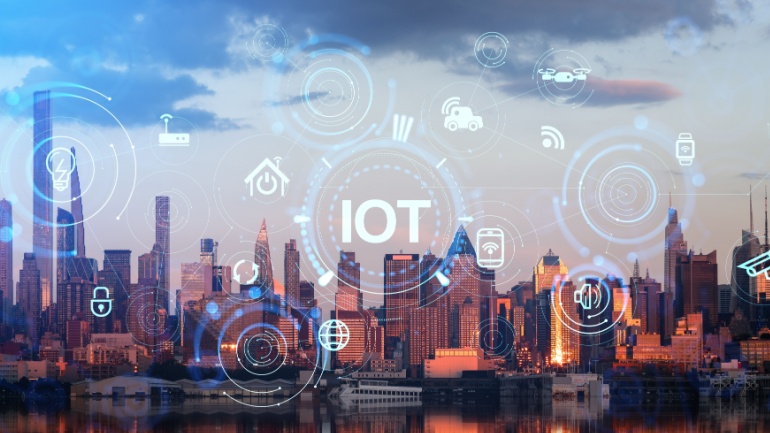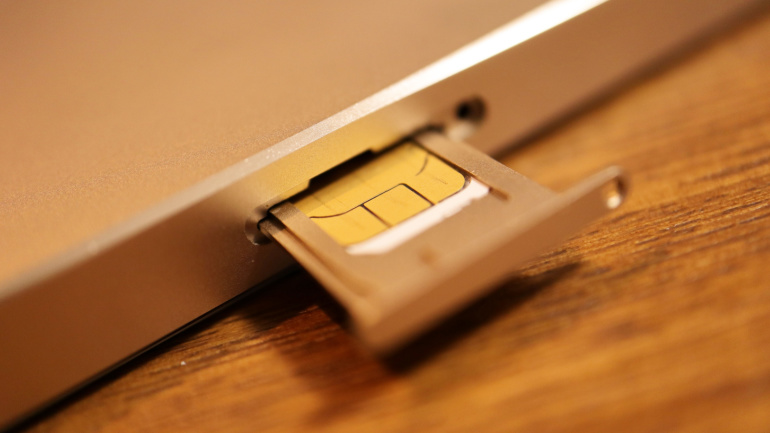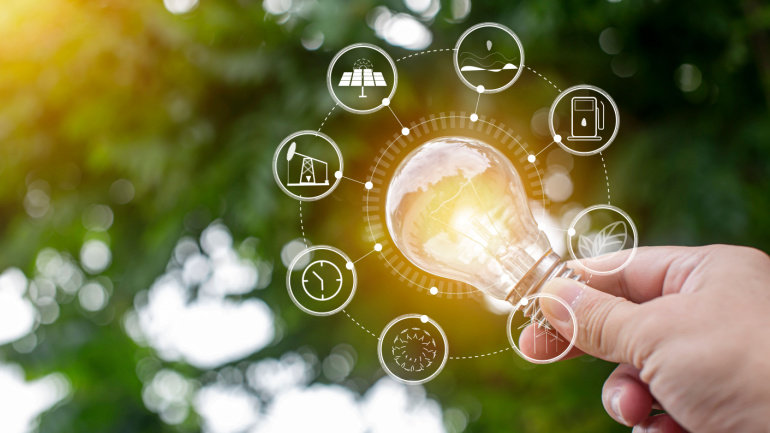Swiss IoT module maker u-blox and UK-based Wireless Logic have partnered to revolutionize IoT connectivity. Integrating Wireless Logic’s Conexa network with u-blox’s cellular IoT modules enables optimal coverage, seamless scalability, and robust performance. This strategic alliance promises enhanced control, faster time-to-market, and unprecedented flexibility for industries like automotive, healthcare, and smart cities.
Qualcomm’s acquisition of Sequans Communications’ 4G IoT technology marks a significant leap in enhancing their VoIP solutions for the industrial IoT market. By integrating Sequans’ specialized cellular semiconductor solutions, Qualcomm aims to offer more reliable and optimized VoIP connectivity. This strategic move bolsters their portfolio, aligning with the growing demand for robust IoT connections.
Deutsche Telekom is enhancing its global IoT presence through a new agreement with the Bridge Alliance. As the first European telecom giant in this consortium, Deutsche Telekom aims to streamline IoT solutions for both Asian and European markets. Their combined expertise promises superior connectivity and simplified procurement processes.
At the Mobile World Congress (MWC) 2024, BT’s Division X unveiled a significant advancement in their technology offerings, introducing a multi-million-pound investment in a narrowband Internet of Things (NB IoT) network. This move is poised to revolutionize the IoT landscape across various sectors, promising a new era of smart cities and advanced agriculture. Chris Keone, the Managing Director of Division X, shared insights into how this technology is setting the stage for futuristic urban environments and industry transformations.
Telecom analytics titan Mobileum Inc. has been selected by NTT Communications Corporation for integrating its cutting-edge technology platform into the rapidly evolving global connected car market. Mobileum’s solution, composed of connectivity management, testing, and fraud prevention capabilities, aims to ensure continuous, secure connectivity, whilst addressing the associated rise in potential fraud threats.
The cellular Internet of Things (IoT) market is set to undergo a significant transformation, thanks to the advancements in eSIM technology, as highlighted in recent research conducted by Omdia. The adoption of eSIM is expected to skyrocket, driven by the GSMA SGP.31/32 specifications, offering unprecedented efficiency, flexibility, and choice to enterprises across the globe.
In a pivotal move, CELLSMART, Abundant IoT and TMR embark on an IoT convergence mission through Fixed Wireless Access (FWA). CELLSMART, with its unmatched cellular knowledge, brings speed and on-the-ground engineering support, transforming IoT rollouts.
In a collaborative effort to bolster marine conservation initiatives, Orange Business, the business-to-business (B2B) segment of a prominent European telecommunications group, has joined forces with Tēnaka, an organization dedicated to safeguarding marine ecosystems. The partnership aims to enhance coral reef restoration within a Marine Protected Area of the Coral Triangle in Malaysia, focused on the protection and preservation of wildlife.
CITIC Telecom CPC and INSYS icom are joining forces to extend reach into Asian markets, providing dependable private Ethernet for Industrial Internet of Things devices. Aiding this collaboration is CITIC Telecom CPC’s SmartCLOUD™ platform, ensuring secure, local IIoT data control. With its digitalization expertise, INSYS icom aims to simplify global IIoT infrastructure deployment, overcoming complex business and regulatory challenges.
Nokia’s augmentation of its Drones-as-a-Service venture promises new opportunities in North America by providing industries with various business solutions using drone technology. Options range from purchasing to leasing or sharing drones, creating opportunities for revenue streams in a broad spectrum of industries. These robust drones, deployed via 4G/LTE or 5G connections, can perform diverse tasks like remote surveillance and hazardous area inspections.













